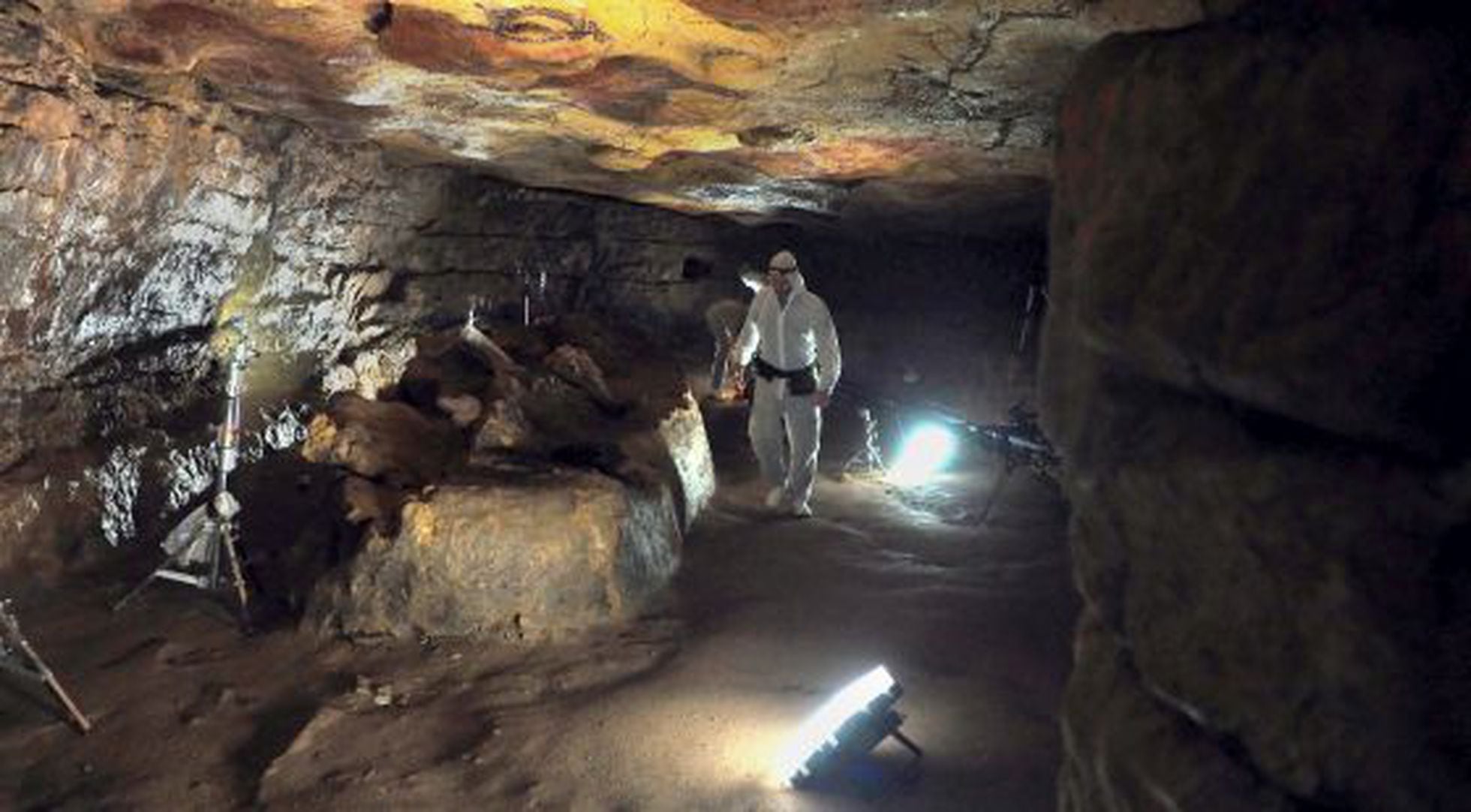

The 229 figures depicted on the walls cover 13 different species.īut neolithic men and women also left a mark of themselves on the walls, with 69 red or black hand prints as well as three left by mistake, including by children.Īnd that does not count the hundreds of geometric signs and the eight sexual depictions of male and female body parts. The walls of the cave show the coastal plain was teeming with wildlife - horses, deer, bison, ibex, prehistoric auroch cows, saiga antelopes but also seals, penguins, fish and a cat and a bear. "At the time we were in the middle of an ice age and the sea was 135 metres lower" than it is today. The cave was some "10 kilometres from the coast" when it was in use, archaeologist Michel Olive told AFP. Vanrell and the diver-archaeologists he leads are having to work faster and faster to explore the last corners of the 2,500 square metre (27,000 square feet) grotto to preserve a trace of its neolithic wonders before they are lost.Īn almost life-sized recreation of the Cosquer cavern will open this week a few kilometres (miles) away in Marseille.Īround 600 signs, images and carvings - some of aquatic life never before seen in cave paintings - have been found on the walls of the immense cave 37 metres below the azure waters of the breathtaking Calanques inlets east of Marseille

Since a sudden 12-centimetre (near-five-inch) rise in the sea level there in 2011, Vanrell and his colleagues have been in a race against time to record everything they can.Įvery year the high water mark rises a few more millimetres, eating away a little more of the ancient paintings and carvings.

Climate change and water and plastic pollution are threatening to wash away the art prehistoric men and women created over 15 millennia. Even now, 30 years on, he remembers the "aesthetic shock".īut the cave and its treasures, some dating back more than 30,000 years, are in grave danger. Lascaux - which Picasso visited in 1940 - proved the urge to make art is as old as humanity itself.Īrchaeologist Luc Vanrell's life changed the second he surfaced inside the Cosquer cavern and saw its staggering images. Three men died trying to discover this "underwater Lascaux" as rumours spread of a cave to match the one in southwestern France that completely changed the way we see our Stone Age ancestors. Now they are racing to preserve it as it's increasingly threatened by rising sea levels and microplastic pollution. It's the only place in the world where cave paintings of prehistoric marine life have been found, so perhaps its fitting that to reach the Cosquer cavern archaeologists have to dive to the bottom of the Mediterranean off southern France.


 0 kommentar(er)
0 kommentar(er)
